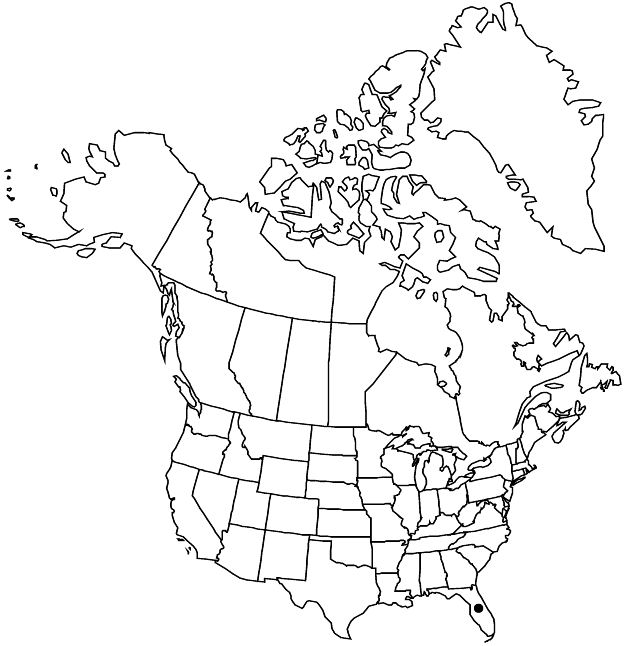Difference between revisions of "Talipariti tiliaceum var. tiliaceum"
FNA>Volume Importer |
imported>Volume Importer |
||
| Line 19: | Line 19: | ||
|elevation=0–50 m | |elevation=0–50 m | ||
|distribution=Fla.;Asia. | |distribution=Fla.;Asia. | ||
| + | |introduced=true | ||
|discussion=<p>Variety tiliaceum is cultivated and escaped in southern Florida. It has been vouchered from Broward, Collier, Hendry, Lee, Manatee, Martin, Miami-Dade, Monroe, Palm Beach, and St. Lucie counties, but some specimens may have been from cultivated plants.</p> | |discussion=<p>Variety tiliaceum is cultivated and escaped in southern Florida. It has been vouchered from Broward, Collier, Hendry, Lee, Manatee, Martin, Miami-Dade, Monroe, Palm Beach, and St. Lucie counties, but some specimens may have been from cultivated plants.</p> | ||
|tables= | |tables= | ||
| Line 43: | Line 44: | ||
|publication year= | |publication year= | ||
|special status= | |special status= | ||
| − | |source xml=https:// | + | |source xml=https://bibilujan@bitbucket.org/aafc-mbb/fna-data-curation.git/src/bb6b7e3a7de7d3b7888a1ad48c7fd8f5c722d8d6/coarse_grained_fna_xml/V6/V6_688.xml |
|subfamily=Malvaceae subfam. Malvoideae | |subfamily=Malvaceae subfam. Malvoideae | ||
|genus=Talipariti | |genus=Talipariti | ||
Revision as of 23:42, 27 May 2020
Leaves: stipules leaving straight or slightly curved annular scars, epidermis visible through pubescence. Inflorescences: involucel to 1/4 length of calyx, 8–10-dentate, teeth triangular, 2–3 mm, epidermis visible through pubescence. Pedicels (above articulation) 0.5–2 cm. Flowers: calyx lobes 12–15 × 5–7 mm; corolla yellow with prominent red center, 4–6.5 cm; staminal column 2–2.5 cm; filaments 1–2 mm.
Phenology: Flowering year-round.
Habitat: Wet ground
Elevation: 0–50 m
Distribution

Introduced; Fla., Asia.
Discussion
Variety tiliaceum is cultivated and escaped in southern Florida. It has been vouchered from Broward, Collier, Hendry, Lee, Manatee, Martin, Miami-Dade, Monroe, Palm Beach, and St. Lucie counties, but some specimens may have been from cultivated plants.
Selected References
None.
Lower Taxa
None.